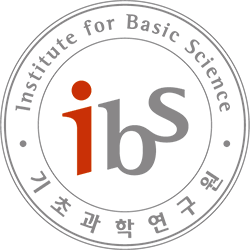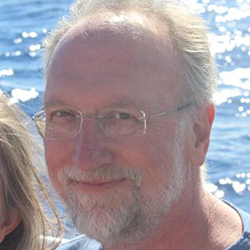Learning stable and predictive structures in kinetic systems
B378 Seminar room, IBS 55 Expo-ro Yuseong-gu, Daejeon, Korea, Republic ofWe will discuss about "Learning stable and predictive structures in kinetic systems", Niklas Pfister , Stefan Bauer, and Jonas Peters. PNAS, 2019 Abstract: Learning kinetic systems from data is one of the core challenges in many fields. Identifying stable models is essential for the generalization capabilities of data-driven inference. We introduce a computationally efficient framework, …


